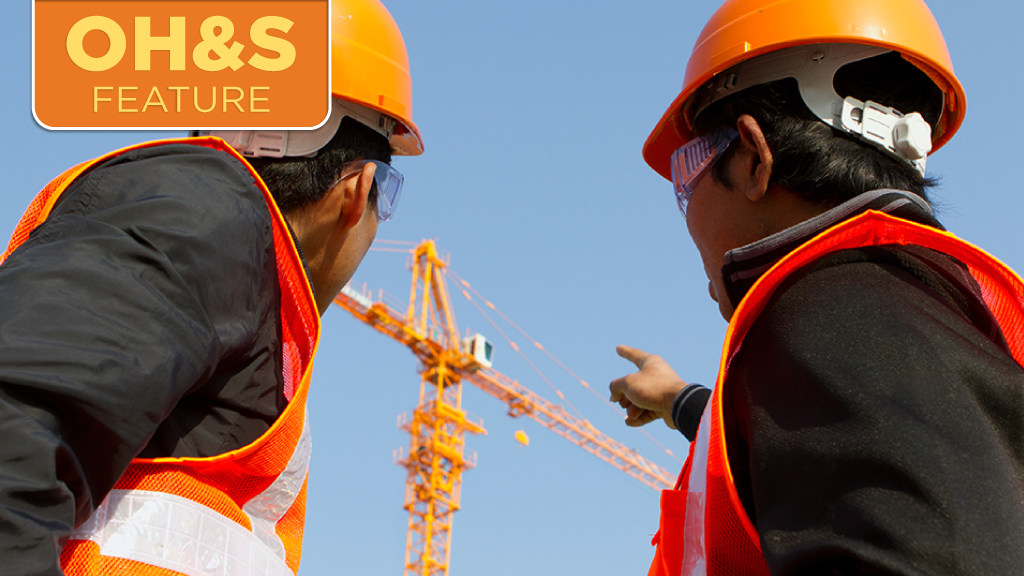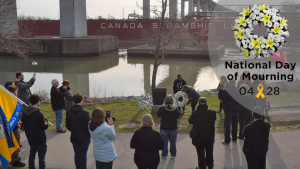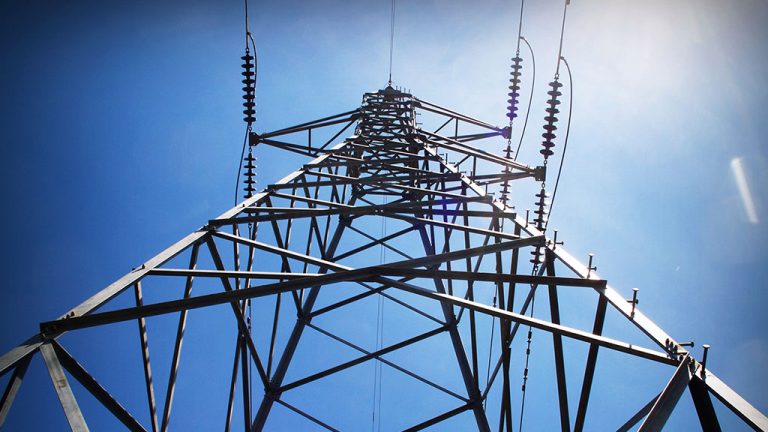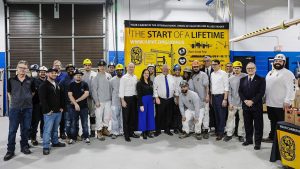Seven months after announcing a review of tower crane regulations and asking for submissions, Ontario seems no closer to moving forward with changes.
This after its own safety blitz in 2021, which led to the announcement, found eight cases where workers not apparently qualified to operate a crane or that they were in an approved apprentice scheme.
In July last year the Ministry of Labour, Training and Skills Development (MLTSD) announced it wanted to modernize and clarify existing requirements regarding tower cranes. It listed 20 recommendations, targeting six key areas such as new notification requirement around design, installation, maintenance, record keeping and inspection.
It asked for and received submissions saying it would release the finding and the next steps late in 2021.
However, as of mid-January 2022 nothing has been released publicly and no timeline is being set for when those new rules and regulations will be rolled out or when they might take effect.
The trigger for the Ministry announcement was a collapse around Simcoe and Wellington streets in July 2020 and barely a month later another in Regent Park. That year in November another crane toppled into a sinkhole while working on the Eglinton LRT at Mount Pleasant Road.
There were no injuries but a similar collapse in Kelowna underlined the urgency of getting the issues around tower cranes sorted out. On July 12, 2021 a crane being dismantled collapsed, sending the arm hurtling 25 storeys. Five men died, among them two brothers. Five men had been working at the top of the crane and another on the ground but one of the five at the top somehow managed to survive by sliding down 12 storeys as the crane fell to the ground. The incident is still under investigation by WorkSafeBC.
In between the Toronto collapses and the Kelowna tragedy the Ministry launched a safety blitz to make sure tower cranes were inspected prior to erection, before service and to ensure they were properly maintained.
This resulted in 325 inspections, of which 161 were workplaces. Ultimately, 911 orders were issued along with 118 stop-work orders, 113 requests for information.
This works out to about 2.46 orders issued per field visit, the Ministry says, and about 4.96 per workplace visit.
In turn this prompted the Ministry to announce the call for submissions which were to reference the Professional Engineers of Ontario’s standard for tower crane review, clarify the role and responsibilities of professional engineers in the design, erection and inspection of tower cranes, including certification post repairs or fault diagnosis.
此外,《条例》是一致的with national and international tower crane standards while recognizing advanced in technology.
There is recognition that changes are needed based on the blitz results alone.
“Inspections identified a number of areas of improvement needed to enhance the safety in the operations of cranes across the province,” said Ciara Nardelli communications at the MLTSD.
Most of the violations were administrative, she added.
“They involved documentation of cranes, the need for more frequent maintenance (12.71 per cent) and inspection of cranes pre erection (12.49 per cent) and greater adherence to manufacturer recommendations on their operation and equipment maintenance.”
Additionally, 11.38 per cent found violations in failing to ensure workers were protected from falling hazards. Testing of cranes also lagged accounting for 7.4 per cent of orders while in 4.9 per cent of cases operational tests were not properly performed.
Finally, eight orders found there was a failure to ensure the worker operating the tower crane was qualified or working under an apprenticeship.
Meanwhile there’s no deadline or timeline for when they regulatory and legislative amendments will be tabled with the spring construction season looming.









Recent Comments
comments for this post are closed